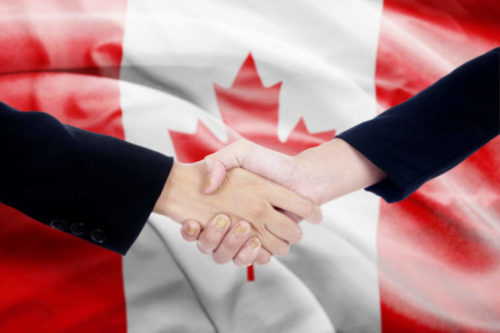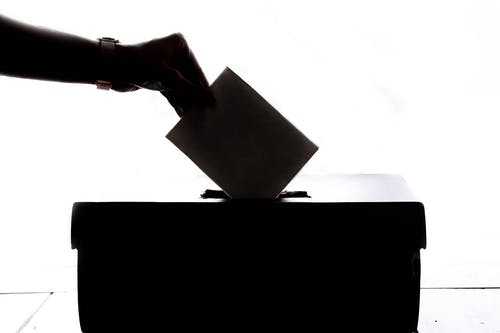According to our research “Stepping Up and Standing Out,” women are inspired by other…
Canada drops in international rankings despite wins for women in Parliament

Last month, Canadian voters returned to the polls only two years after their last election in 2019. Since Prime Minister Trudeau called the snap election in August, much of the media surrounding the election has focused on the Liberal Party’s drop in polling and the rise in COVID-19 cases across the country. However, more quietly, all significant parties increased the number of women on their candidates’ lists, with 43% of all candidates being women.
All major parties increased the share of women candidates. The New Democratic Party (NDP) led the pack, surpassing parity, with women making up 52% of the party’s candidates. Trudeau’s Liberal Party increased its share from 39% in the 2019 election up to 43%. Moreover, the Conservative Party increased its share slightly from 32% to 33%.
While Canadian political parties have remained committed to recruiting more women, improvements in outcomes continue to be slow. In the run-up to the election, Executive Director of Equal Voice, Eleanor Fast commented, “That’s always a big concern because it’s all very well being able to say a certain percentage of your candidates are women or gender-diverse people but are you supporting them adequately and are they going to get elected on election night?”
According to a news release from Equal Voice, women in Canada will hold 102 or 30% of seats in Parliament. While this is an improvement from the 98 seats women held after the 2019 election, it is also only a slight increase from the 100 seats they held as of December last year. What is more, according to the Inter-Parliamentary Union, Canada’s ranking for the number of women in politics is projected to fall from 55th to 58th place after this election.
As RepresentWomen has stated before, gender parity will not be achieved in our lifetime by solely increasing the number of women running; we need to make our electoral systems better for those women to run and win in. But, how could we accelerate our progress toward parity today?
One method would be reforming the winner-take-all voting in single-winner districts system, both used in the United States and Canada. Reforms like ranked-choice voting – which is already being used in parts of Canada- might also prove helpful in leveling the playing field for women. Both the Canadian Conservative and Liberal Parties already use ranked-choice voting for internal party leadership votes and the system has historically been used for municipal elections in several provinces, including Alberta and Manitoba. Taking intentional steps to implement broad electoral reforms such as these could transform the Canadian Parliament considerably faster.
All in all, Canada’s political parties saw little change after the 2021 election:
- Trudeau’s Liberal Party is projected to win 156 seats, only one more from 2019.
- The Conservative Party will likely retain its 121 seats.
- Women’s representation only went up one percent in total.
As Canada marks 100 years since the first woman MP was elected to Parliament, this is a prime moment for the country to move swiftly to close the gap towards gender parity.







